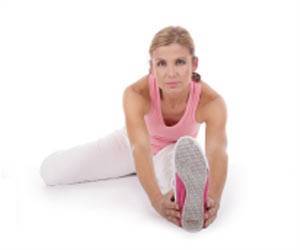Photographs taken from a short distance, like selfies, make your nose look bigger than it actually is, giving it a distortive shape.

‘An average selfie, taken about 12 inches from the face, makes the nasal base appear approximately 30 percent wider and the nasal tip 7 percent wider.’





Boris Paskhover, an assistant professor at Rutgers New Jersey Medical School's Department of Otolaryngology who specializes in facial plastic and reconstructive surgery, frequently was shown selfies as examples of why patients were requesting surgery to make their noses smaller. "Young adults are constantly taking selfies to post to social media and think those images are representative of how they really look, which can have an impact on their emotional state," he said. "I want them to realize that when they take a selfie they are in essence looking into a portable funhouse mirror."
Paskhover sought a better way to explain to patients why they cannot use selfies to evaluate their nose size so they can improve their self-perception and make more informed decisions about their health. He worked with Ohad Fried, a research fellow at Stanford University's Department of Computer Science, to develop a mathematical model that shows nasal distortion created by photos taken at close range.
The mathematical model is based on the average head and facial feature measurements obtained from a selection of racially and ethnically diverse participants. The model determined the magnitude of the distortive effect by presenting the face as a collection of parallel planes perpendicular to the main camera axis. It calculated the changes to the ratio between the nose's breadth and the width between the two cheekbones at various camera distances.
How selfies drive people's self-image is a public health issue, Paskhover said. The American Academy of Facial Plastic and Reconstructive Surgeons, reports that 55 percent of surgeons say people come to them seeking cosmetic procedures for improved selfies.
Advertisement
Source-Eurekalert










